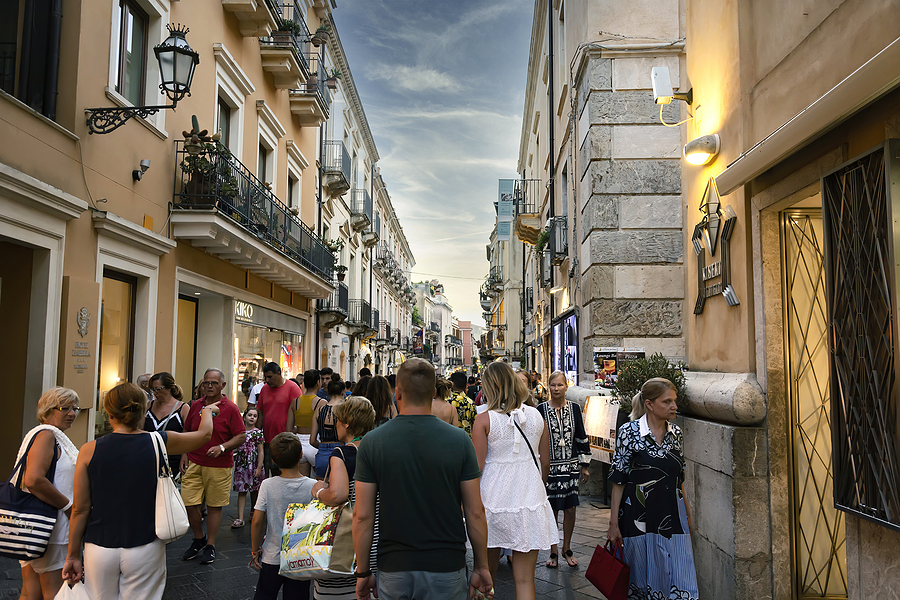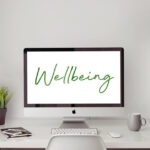In Europe, the UK and the US, regions previously among the hardest-hit by COVID-19, life is surging back to normal.
It’s a new normal, certainly, but people are shopping, dining out, visiting cinemas and theatres, travelling. Cities are opening up and showing the parts of the world still lurching between lockdowns what a roadmap out can look like.
It’s no secret that it is the high vaccination rates that are making the return to normalcy possible: in the European Union, 70 per cent of the adult population has been fully vaccinated, while in the UK that number is 79 per cent and in the US, 64 per cent.
This has given governments the confidence to lift restrictions, and residents the confidence to go out and enjoy their new freedoms. In Italy, for example – once the European epicentre of the pandemic and now boasting a 5 per centvaccination rate – life is (COVID) normal.
Indoor restaurants and bars, sporting events, museums, theaters, swimming pools, gyms, spas, festivals, fairs and amusement parks are open to those who have received at least one vaccine dose, recovered from COVID-19 or tested negative – a status evidenced by their Green Pass.
The vaccine passport
The Green Pass, Italy’s version of a vaccine passport, is a key element of the new normal. In many countries in Europe, as well as in New York City, these are required to gain access to indoor dining, gyms, performances and some stores.
These passports mean people feel confident coming back into these venues, bolstered by other measures including (depending on the country) indoor mask mandates, square-metre rules and check in processes.
Offices in Europe, the UK and the US are also filling up again, with some caveats. Increasing numbers of companies require returning office staff to be vaccinated and some encourage mask wearing indoors.
Office spaces look different too, with plastic partitions between desks becoming popular, two-metre distances between desks and bottles of hand sanitiser alongside the tea and coffee canisters.
While remote working will remain a possibility for a percentage of organisations, hybrid or full-time office hours are likely to be the reality worldwide, especially for smaller firms, which studies show are most likely to return to the office. As a result, demand for office spaces remains much stronger than was anticipated during the early days of the pandemic.
Closer to home
Here in Australia, where much of the country is swinging in and out of lockdowns, we find ourselves victims of our own early success with the pandemic.
Complacency and a government who insisted the vaccine was “not a race” have led to low vaccine uptake, and only 37 per cent of our population over the age of 16 is fully vaccinated.
However, in NSW – where much of the population has been under lockdown since June 23 – the vaccine rollout has picked up speed.
More than 7 million doses had been administered as of September 2, giving us 71 per cent of the population with at least one dose and 39 per cent with both. With steadily rising numbers of vaccinations, we’re looking to Europe to see what the future holds.
Opening Up:
When NSW hits a fully vaccinated rate of 70 per cent, which is expected to happen by mid-October, we can expect the easing of many restrictions and the reopening of businesses.
Eighty per cent, which is likely by late October, is touted as the target at which things will begin to return to a truer sense of normality so by November we can expect to be living freely.
Restaurants will open for eat-in with an emphasis on alfresco dining, sporting events will allow spectators, and hair and beauty salons will get back to work, to the relief of everyone with lockdown haircuts.
Local boutiques, weekend markets, pubs, cafes and makers spaces will also be able to welcome their customers and communities once again.
Our new normal looks different to our pre-COVID world, however, based on the successful reopening of countries with strong vaccine rollouts, it’s something we can all look forward to.







